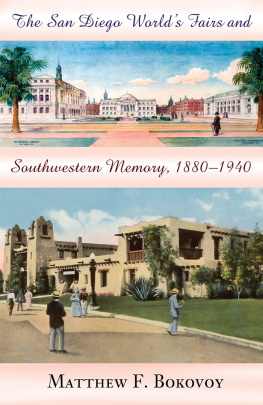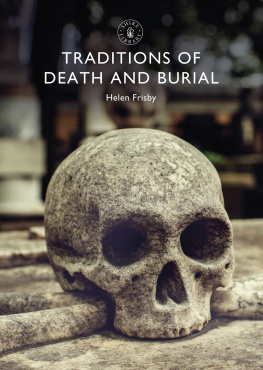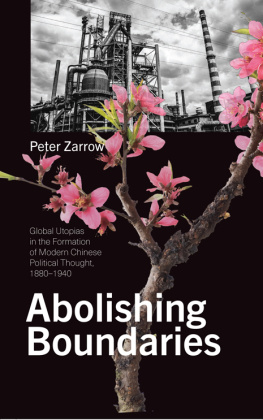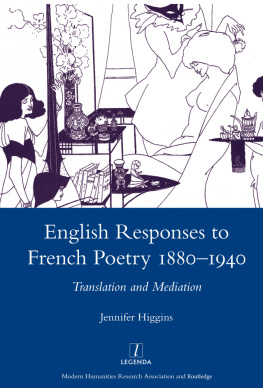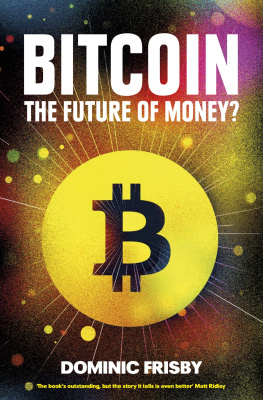Frisby David - Metropolis Berlin: 1880-1940
Here you can read online Frisby David - Metropolis Berlin: 1880-1940 full text of the book (entire story) in english for free. Download pdf and epub, get meaning, cover and reviews about this ebook. City: Berlin, year: 2012, publisher: University of California Press, genre: Science. Description of the work, (preface) as well as reviews are available. Best literature library LitArk.com created for fans of good reading and offers a wide selection of genres:
Romance novel
Science fiction
Adventure
Detective
Science
History
Home and family
Prose
Art
Politics
Computer
Non-fiction
Religion
Business
Children
Humor
Choose a favorite category and find really read worthwhile books. Enjoy immersion in the world of imagination, feel the emotions of the characters or learn something new for yourself, make an fascinating discovery.

- Book:Metropolis Berlin: 1880-1940
- Author:
- Publisher:University of California Press
- Genre:
- Year:2012
- City:Berlin
- Rating:5 / 5
- Favourites:Add to favourites
- Your mark:
- 100
- 1
- 2
- 3
- 4
- 5
Metropolis Berlin: 1880-1940: summary, description and annotation
We offer to read an annotation, description, summary or preface (depends on what the author of the book "Metropolis Berlin: 1880-1940" wrote himself). If you haven't found the necessary information about the book — write in the comments, we will try to find it.
Metropolis Berlin: 1880-1940 — read online for free the complete book (whole text) full work
Below is the text of the book, divided by pages. System saving the place of the last page read, allows you to conveniently read the book "Metropolis Berlin: 1880-1940" online for free, without having to search again every time where you left off. Put a bookmark, and you can go to the page where you finished reading at any time.
Font size:
Interval:
Bookmark:
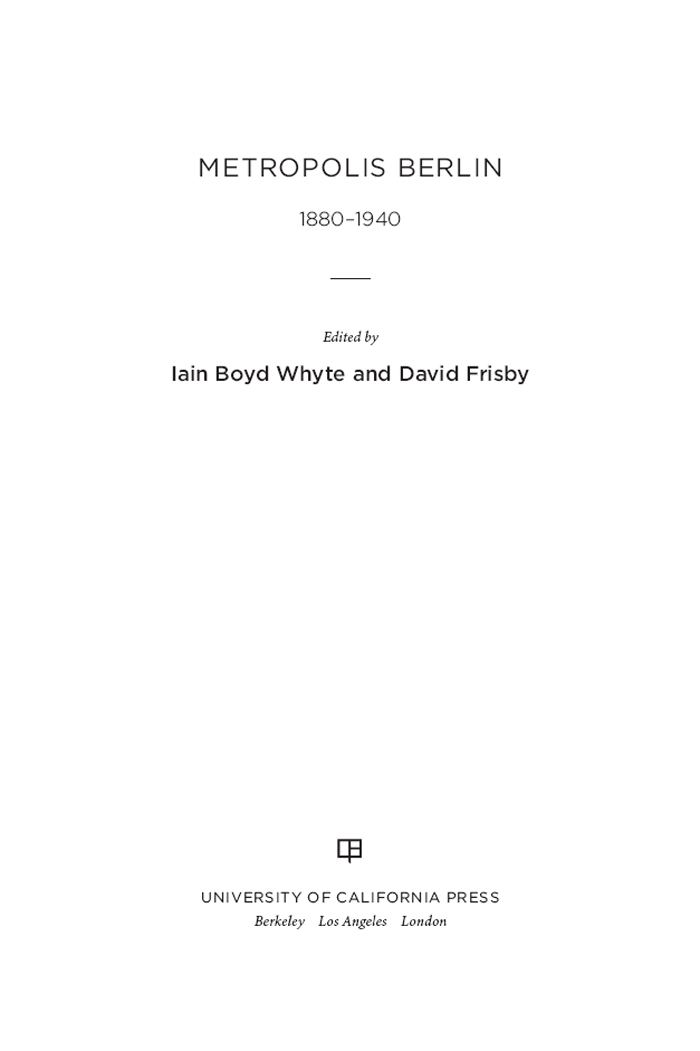

The publisher gratefully acknowledges the generous support of the Fletcher Jones Foundation Humanities Endowment Fund of the University of California Press Foundation, which was established by a major gift from the Fletcher Jones Foundation.
METROPOLIS BERLIN
WEIMAR AND NOW: GERMAN CULTURAL CRITICISM
Edward Dimendberg, Martin Jay, and Anton Kaes, General Editors
METROPOLIS BERLIN
18801940
Edited by
Iain Boyd Whyte and David Frisby

UNIVERSITY OF CALIFORNIA PRESS
Berkeley Los Angeles London
University of California Press, one of the most distinguished university presses in the United States, enriches lives around the world by advancing scholarship in the humanities, social sciences, and natural sciences. Its activities are supported by the UC Press Foundation and by philanthropic contributions from individuals and institutions. For more information, visit www.ucpress.edu.
University of California Press
Berkeley and Los Angeles, California
University of California Press, Ltd.
London, England
2012 by The Regents of the University of California
Library of Congress Cataloging-in-Publication Data
Metropolis Berlin : 18801940 / edited by Iain Boyd Whyte and David
Frisby. 1 [edition].
pages. cm. (Weimar and now : German cultural criticism ; 46)
Includes bibliographical references and index.
ISBN 9780520270374 (cloth : alk. paper)
1. Public spacesGermanyBerlin. 2. Berlin (Germany)HistorySources. I. Whyte, Iain Boyd, 1947, editor of compilation. II. Frisby, David, editor of compilation.
NA9053.S6M48 2012
711'.40943155dc22 2012006370
Manufactured in the United States of America
20 19 18 17 16 15 14 13 12
10 9 8 7 6 5 4 3 2 1
In keeping with a commitment to support environmentally responsible and sustainable printing practices, UC Press has printed this book on Rolland Enviro100, a 100 percent postconsumer fiber paper that is FSC certified, deinked, processed chlorine-free, and manufactured with renewable biogas energy. It is acid-free and EcoLogo certified.
CONTENTS
18. Vorwrts, [Deforestation around Berlin] (1908)
47. Werner Sombart, Domesticity (1906)
113. Bruno Mhring, On the Advantages of Tower Blocks and the Conditions under Which They Could Be Built in Berlin (1920)
144. Jean Giraudoux, Berlin, Not Paris! (1931)
ILLUSTRATIONS
PREFACE
An enormous debt of gratitude is due to the translators whose expertise and dedication have produced so many elegant texts for this anthology. David Britt, very sadly, did not live to see its completion but lives on here and elsewhere in his wonderful translations. Michael Loughridge deserves special gratitude for taking on a particularly heavy burden of texts, often of a rather technical nature, while warm thanks and congratulations on their deft and thoughtful contributions are due to Fiona Elliott and Ishbel Flett. Finally, I am most grateful to Jane Yeomans for her translation of a rogue text in this company, written originally in French.
Translation is not an inexpensive business, nor is the compilation of a large-scale anthology. For direct funding for translation I am most grateful for their substantial support both to the Graham Foundation for Advanced Studies in the Fine Arts and to the University of Edinburgh. A Senior Scholar grant awarded by the Getty Foundation to the editors of this volume for a different research project freed us from the obligations of university teaching and gave us the unstructured time essential for the collaborative gestation of this enterprise.
Two scholars of the German city were particularly helpful in recommending texts and in critiquing the overall shape of our selection. Edward Dimenberg was unstinting in his support of the project at every stage of its protracted development and played a decisive role in framing its final contours. Similarly, Francesca Rogier kindly shared with us her extensive knowledge of the planning debates in Berlin in the early years of the twentieth century. Expert advice on specific topics was generously given by Andrew Barker, Gnter Berghaus, Helen Chambers, Jens Daehner, Hartmut Frank, Anton Kaes, Tim Kirk, Winfried Nerdinger, Bernd Nicolai, Anson Rabinbach, Wolfgang Sonne, and Volker Welter.
Librarians and archivists have played a central role in constructing this anthology, and I am particularly grateful to Eva-Maria Barkhofen, Head of the Architecture Archive at the Akademie der Knste, Berlin; Mary Daniels, Special Collections Librarian, Frances Loeb Library, Graduate School of Design, Harvard University; Wim de Wit, Head of Department of Architecture & Contemporary Art, Getty Research Institute; and Mary Woolever, Art and Architecture Archivist, Ryerson & Burnham Libraries, The Art Institute of Chicago.
During the years spent assembling this book, David Frisby enjoyed profitable sojourns at the Whitney Humanities Centre, Yale University, and at the Davis Center for Historical Studies, Princeton University: similarly, a two-year secondment to the Getty Foundation gave me access both to stimulating colleagues and to the magnificent collections held in the Library of the Getty Research Institute.
As the volume took its final shape, Max Whyte generated English-language lists of contents and illustrations from the German originals, and Keith Milne worked skillfully on the illustrations. Most important, Hannah Abdullah undertook the enormous task of securing translation and reproduction rights for the texts and illustrationsa daunting challenge that she pursued with enormous vigor and dedication. Finally, Alice Crossland produced a splendidly detailed and accurate index. My sincere thanks are due to all of them.
The satisfaction derived from completing this book is tempered by a profound sadness that David Frisby, my coeditor, cannot share it. David was a wonderful colleague and friend, who left life in November 2010 as he had lived it: quietly, uncomplainingly, and with great dignity. This book is dedicated to his memory.
Iain Boyd Whyte
Edinburgh, August 2011
GENERAL INTRODUCTION
From imperial Rome to Renaissance Florence and nineteenth-century Paris and London, the great cities defined the social and political realities of the moment and gave them built form and pattern. The twenty-first century will see half the worlds population living in urban areas, with older global cities such as London, New York, and Tokyo joined by new megacities emerging from the dramatic economic expansion of countries like China, India, and Brazil. Such radical changes force us to call into question and investigate the nature of urbanization and the concept of the big city. Over a century ago in Europe, the acceleration in urbanization, the rapid emergence of new cities, and the expansion of others into large urban conurbations stimulated similar debates on the nature of the modern city. Although earlier in the nineteenth century the expansion of London and the transformation of Paris under Haussmann had generated discussions on the nature of the modern city, by the late nineteenth century there was one European city in particular whose astonishing growth in only a few decades came to embody and symbolize the most modern city: Berlin.
Only after the victorious Franco-Prussian War of 1870 and the unification of Germany under Prussian leadership in 1871 did Berlin emerge as a European capital city to rival London, Vienna, or Paris. At a stroke, Berlin was transformed from the residence of the King of Prussia into the capital of the German Empire and the seat of the imperial government. In keeping with its new status as the undisputed center of German communications, transportation, business, and learning, and of the emerging electrical and chemical industries, Berlin expanded at a dizzying rate in response to an insatiable demand for talent, energy, and muscle. In the period from 1850 to 1890, the population of London almost doubled, that of Paris more than doubled, but that of Berlin more than quadrupled. This expansion accelerated after German unification, with Berlins population growing from 826,000 in 1871 to 1.9 million in 1900 and 2.1 million by 1914: among the cities of the world, only Chicago came close over these years in its rate of expansion. By 1910, the staid but reliable Baedeker Guide declared imperial Berlin to be not only the most modern city in Europe but also greatest manufacturing center in continental Europe. Its industrial development was not to be found in the heart of the city, but was concentrated in the northern and eastern suburbs, in districts such as Moabit and Wedding, where major firms such as Borsig, AEG, and Siemens were located.
Font size:
Interval:
Bookmark:
Similar books «Metropolis Berlin: 1880-1940»
Look at similar books to Metropolis Berlin: 1880-1940. We have selected literature similar in name and meaning in the hope of providing readers with more options to find new, interesting, not yet read works.
Discussion, reviews of the book Metropolis Berlin: 1880-1940 and just readers' own opinions. Leave your comments, write what you think about the work, its meaning or the main characters. Specify what exactly you liked and what you didn't like, and why you think so.


